Pistoia, on display ten restored 17th century Florentine paintings from the Bigongiari Collection
From June 18 to Sept. 25, 2022, theAntico Palazzo dei Vescovi in Pistoia will host In Fabula, an exhibition showcasing ten restored paintings from the Bigongiari Collection, formed by poet and man of letters Piero Bigongiari (Navacchio, 1914 - Florence, 1997). The exhibition, curated by Monica Preti and Alessio Bertini and realized with the literary advice of Paolo Fabrizio Iacuzzi, Scientific Director of the Piero Bigongiari Fund, has several objectives. The first is to offer the public an exemplary cross-section of seventeenth-century Florentine painting: the nucleus on display is in fact that which pertains to this period of art history, with paintings brought together by Bigongiari over forty years of activity. These are works of great quality, by important names, also relevant for the interest of the iconographic themes depicted and relevance of the commissions. Moreover, it is also due to Piero Bigongiari’s writings, as well as to Mina Gregori’s fundamental ones, the revaluation of seventeenth-century Florentine painting, long considered a decadent epilogue of the Renaissance, but which was instead a moment of great value and refinement, influenced by the birth of the musical genre of melodrama and the new horizons of knowledge inaugurated by Galileo Galilei.
It is also about activating a fruitful dialogue with the territory. At the behest of Elena Bigongiari, Piero’s wife, the collection in 2004 was acquired by the Cassa di Risparmio di Pistoia e Pescia, now Intesa Sanpaolo, for its headquarters in the Antico Palazzo dei Vescovi, thanks to enlightened and far-sighted patronage. Intesa Sanpaolo in 2019 entrusted Pistoia Musei with the preservation and enhancement of the entire collection, safeguarding the poet’s deep connection with the city where he resided between 1925 and 1937. In Fabula, articulated in the museum spaces of the ground and second floors of the Antico Palazzo dei Vescovi, allows the rediscovery of the ten restored paintings, the new elements that emerged during the restorations and the link between the works and the collector. In addition, along with the paintings, the exhibition welcomes the evidence generated during the participatory activities organized in Pistoia in the period leading up to the exhibition. And the exhibition is for Pistoia Musei a statement of intent, and the activation of these dialogues is part of a broader process of returning these masterpieces to the territory and society of Pistoia.
Restorations of the ten works, carried out by Intesa Sanpaolo and based on careful photographic diagnostic investigations, have produced unthinkable art-historical results, such as the uncovering of artist signatures and dates that document the paintings’ execution.
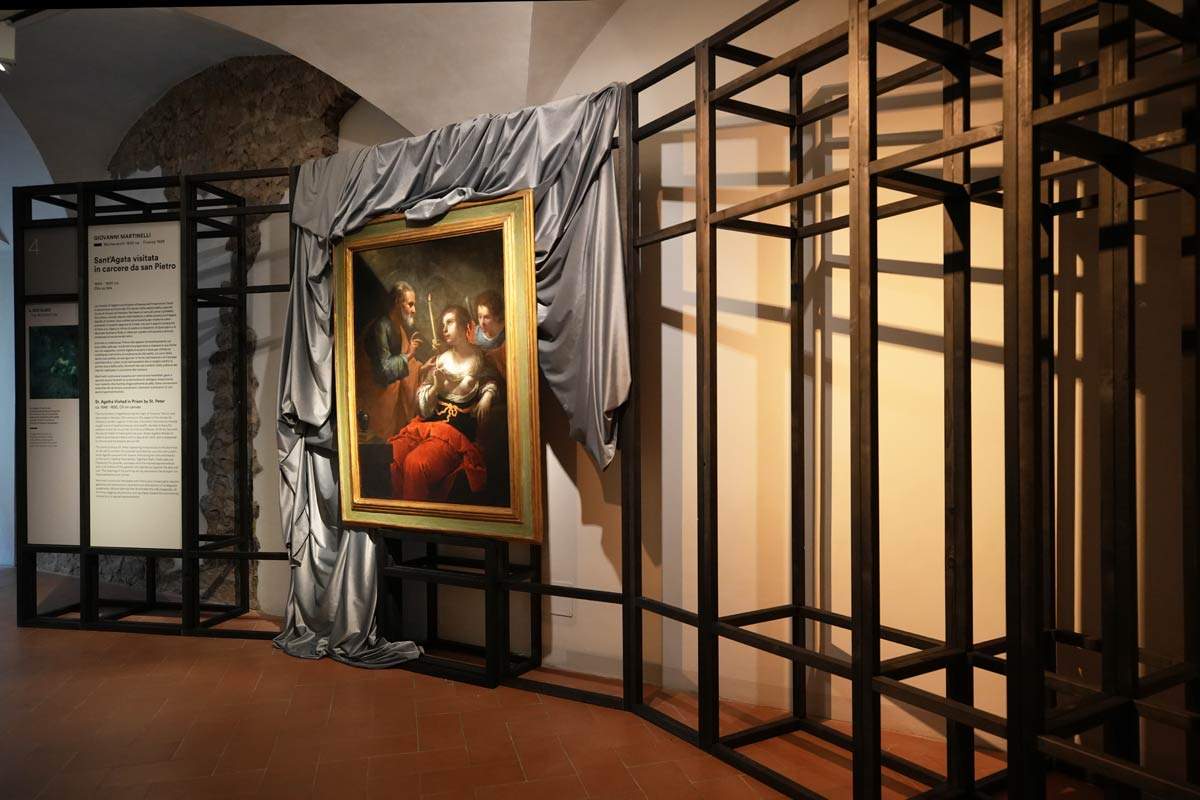
The exhibition
The exhibition is divided into nine rooms. The first three are dedicated to the restoration campaign conducted by Intesa Sanpaolo and the collection of Piero and Elena Bigongiari. Alongside photographs, texts and videos, here we also find two works by Francesco Furini (Florence,1603 - 1646): Maghe temprano la spada di un cavaliere and Matrimonio della Vergine. The following rooms offer the story of the encounters between the works and the six groups involved in the participatory project, invited to reread and reinterpret the paintings in the exhibition with the aim of returning meanings, suggestions, readings and new stories. Readers from the Pistoia libraries were confronted with Giulia Receives the Bloody Robe of Pompey by Felice Ficherelli (San Gimignano, 1603 - Florence, 1660) by relating the suggestions received from the painting and the story represented with excerpts from novels and poetic texts.
In the room that houses St. Agatha Visited in Prison by St. Peter by Giovanni Martinelli (Montevarchi, c. 1600 - Florence, 1659), a photograph by George Tatge depicting the canvas inside the Pistoia Prison is exhibited, symbolically sealing the start of the collaboration between Pistoia Musei and the prison institution. Students from the Liceo Artistico Policarpo Petrocchi are exhibiting a series of sketches made during a study session in front of paintings by Simone Pignoni (Florence, 1611 - 1689), David and Abigail, and Francesco Furini(Hagar and the Angel), inviting visitors to use the drawing tool themselves in the exhibition. The work by Giovanni Bilivert (Florence, 1585 - 1644), Teti delivers the weapons to Achilles, was the cue for a panel discussion devoted to the theme of education led by researcher Anna Chiara Cimoli, documented in a video directed by Giulia Del Piero shown in the room.
Silvio, Dorinda and Linco by Orazio Fidani (Florence, 1606 - 1656) and Maddalena al sepolcro confortata dagli angeli by Giovanni Bilivert are the two paintings featured in the activity of a group of participants in the project Il piacere dell’arte, promoted by Pistoia Musei and dedicated to people with Alzheimer’s and their family members and caregivers, who authored for the exhibition two poems inspired by the vision of the paintings. In the last room, Orazio Fidani ’s Echo and Narcissus closes the exhibition with an allegory dedicated to the relationship between voice and image. The relationship inspired the choice to spread the words of Pistoia Musei and Fondazione Caript staff dedicated to the sensations produced by viewing the work in the room. Their recorded voices are edited into a sound intervention by Radio Papesse in collaboration with sound artist Stefano De Ponti.
A program of activities aimed at engaging diverse audiences is planned in conjunction with the exhibition, with moments to explore the contents of the exhibition through guided tours, meetings with art historians and restorers, workshops for adults and children, and activities for people with Alzheimer’s, cognitive disabilities and at risk of social marginalization. On the occasion of In Fabula, a catalog published by Gli Ori will be published with a rich iconographic apparatus, introductory essays, updated fact sheets on the paintings and restorations as well as an account of the various participatory experiences connected to the exhibition itinerary.
For all information you can visit the Pistoia Musei website.
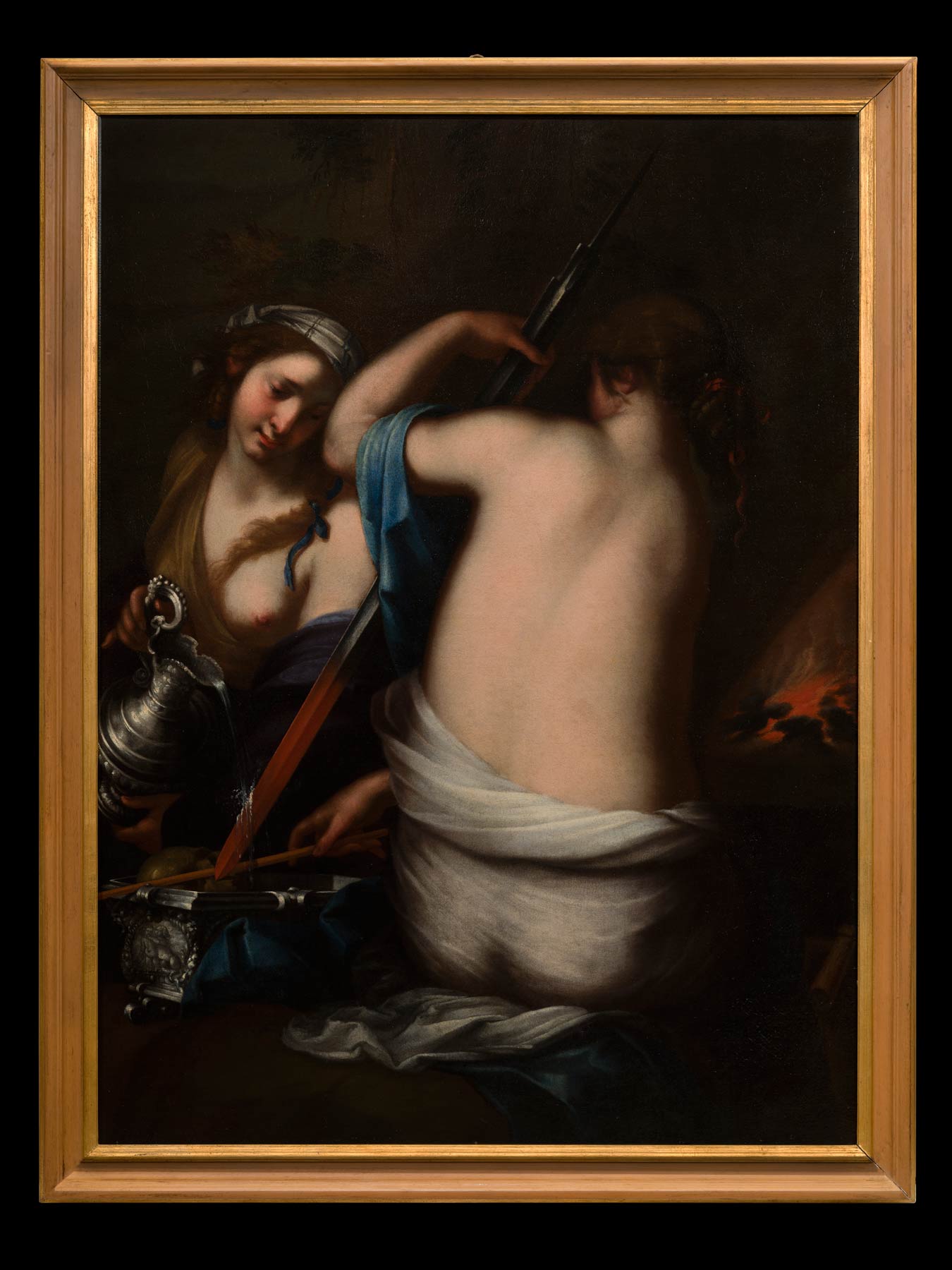
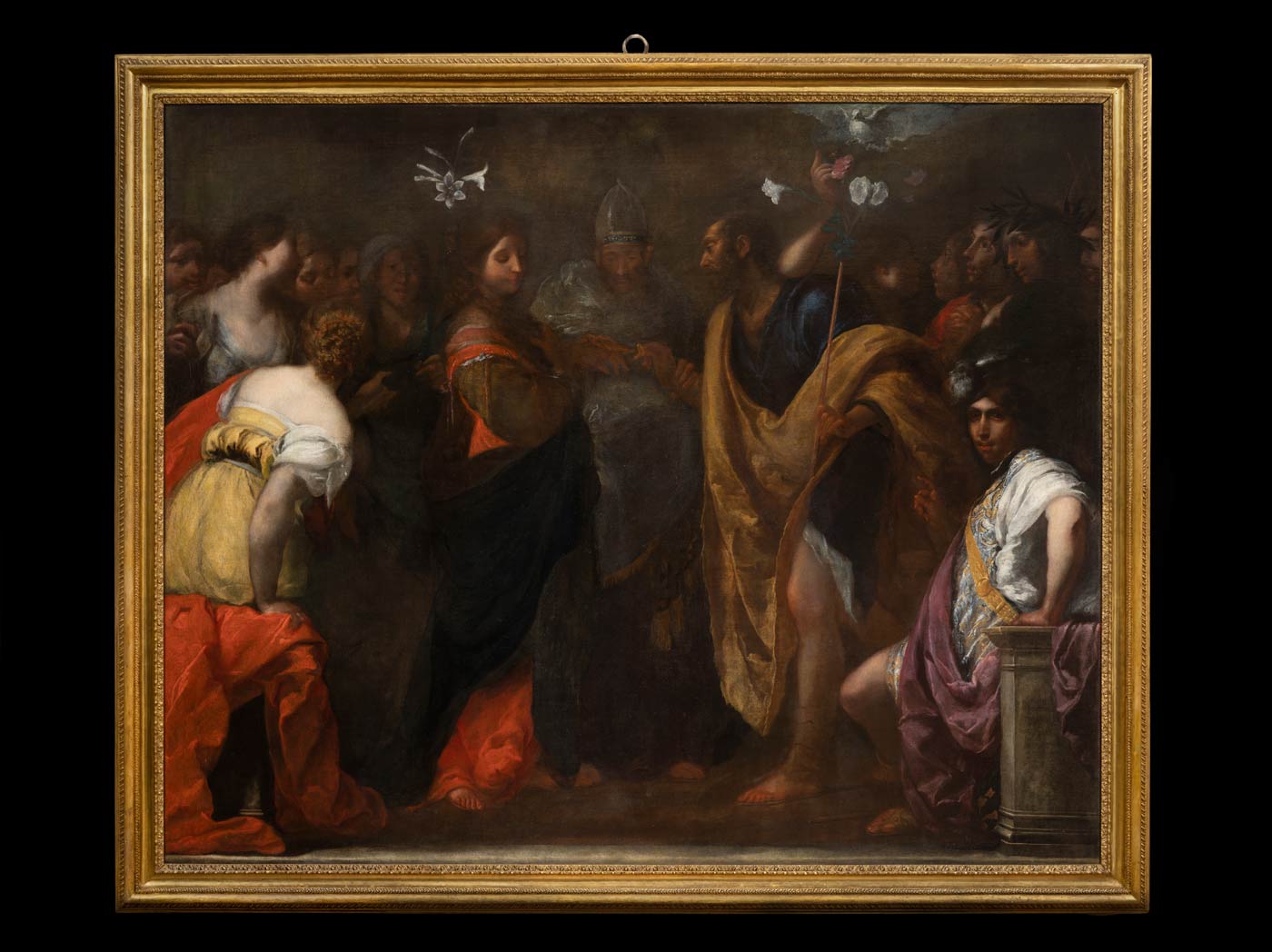
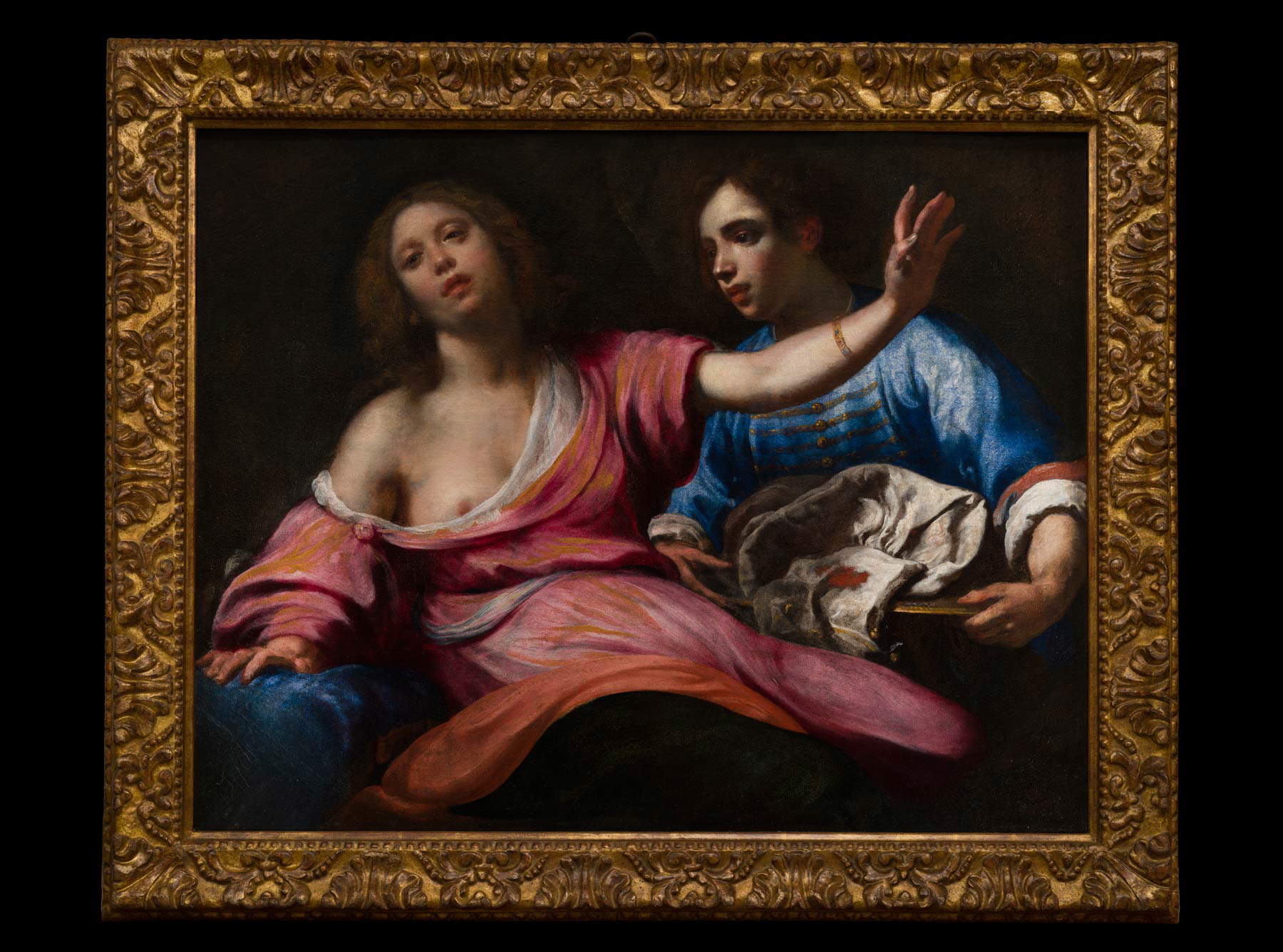
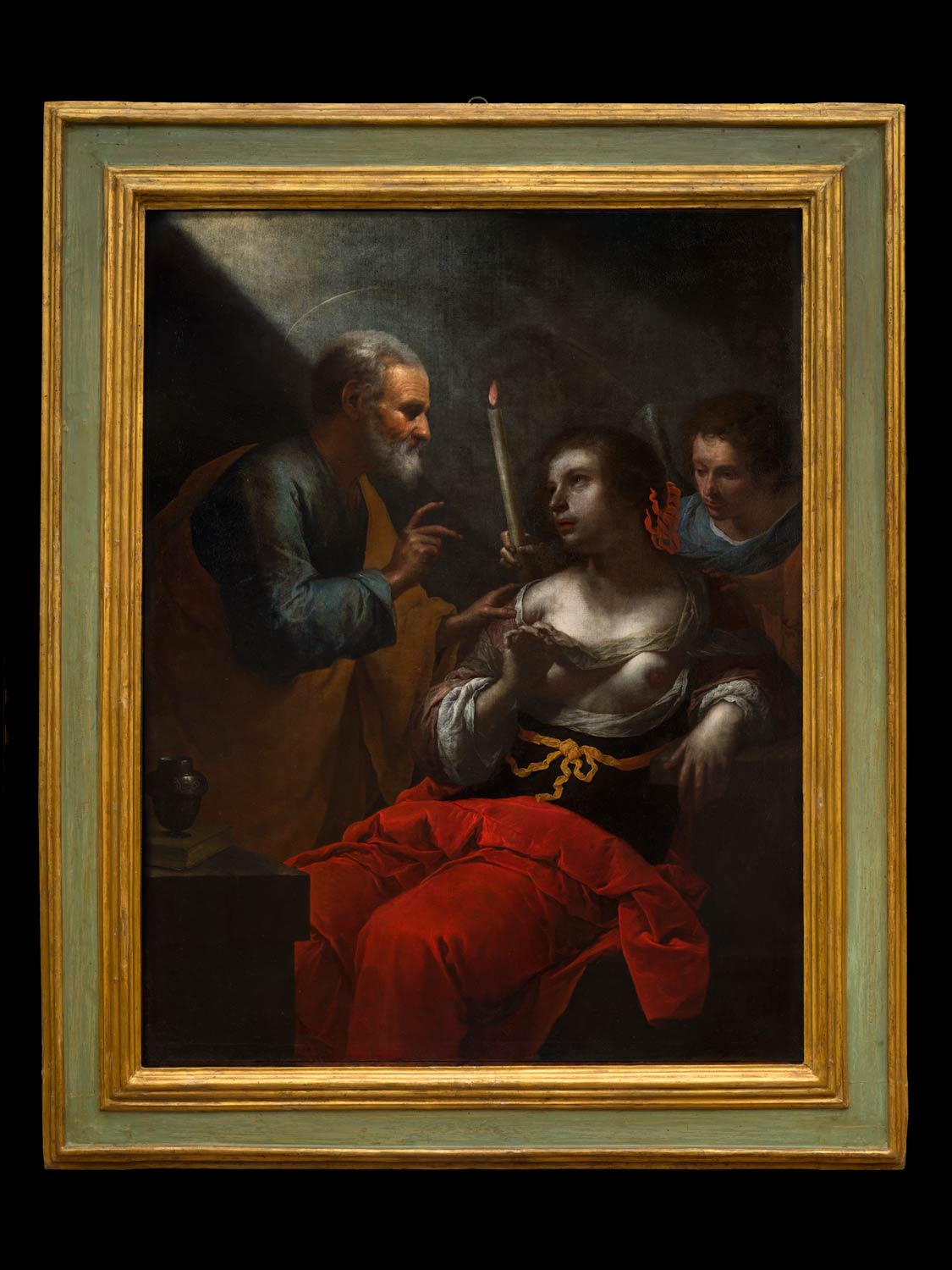
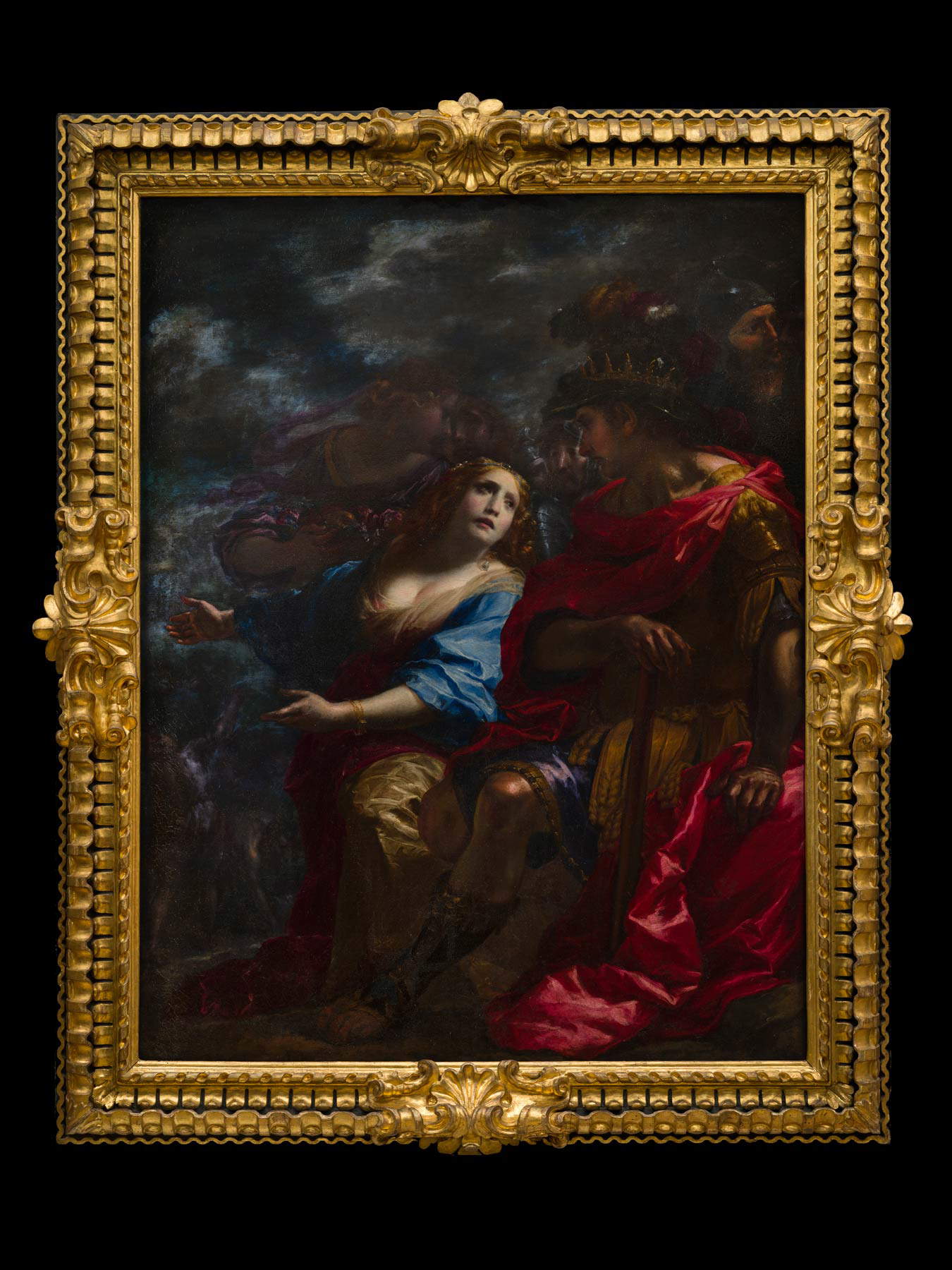
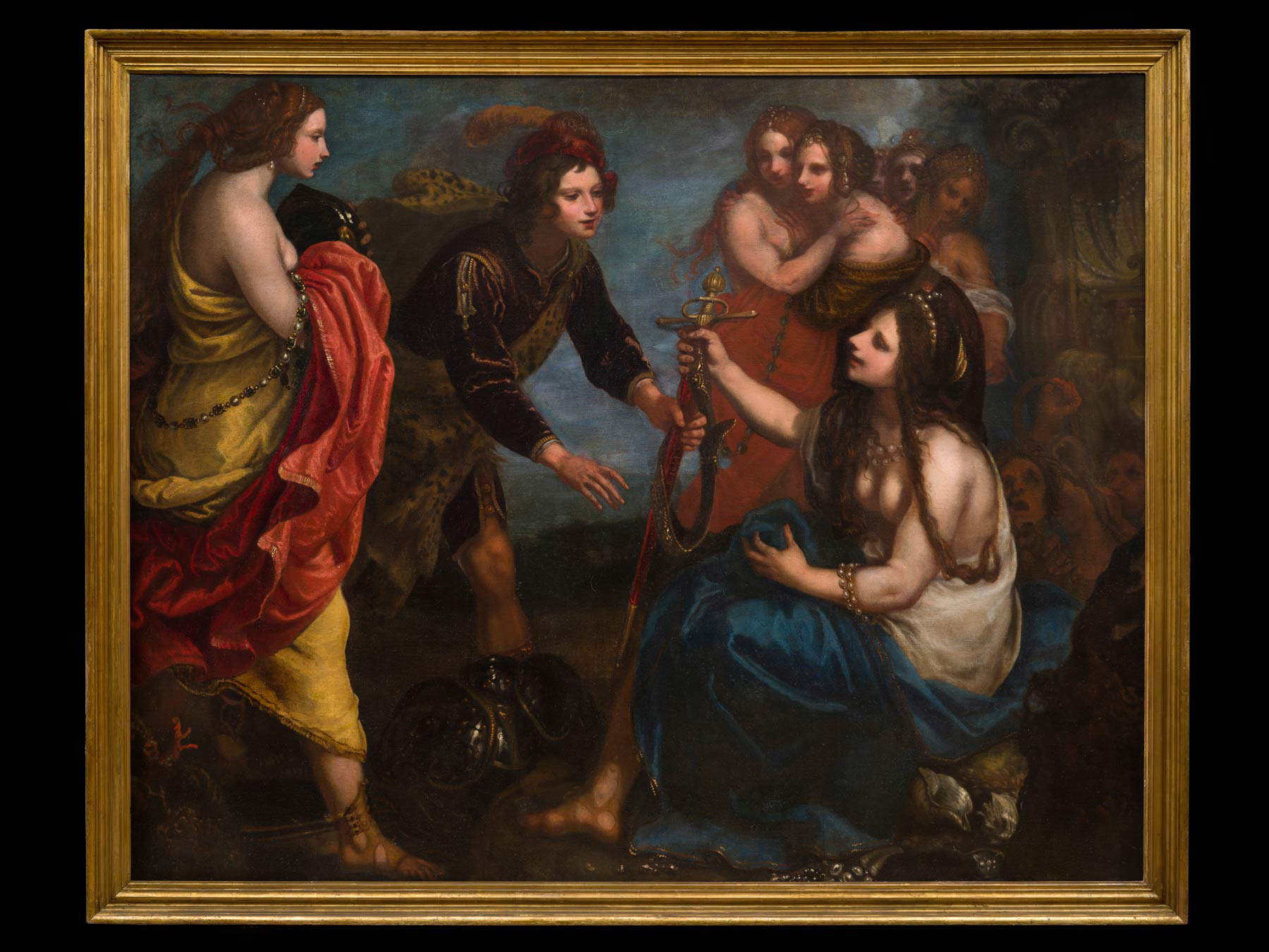
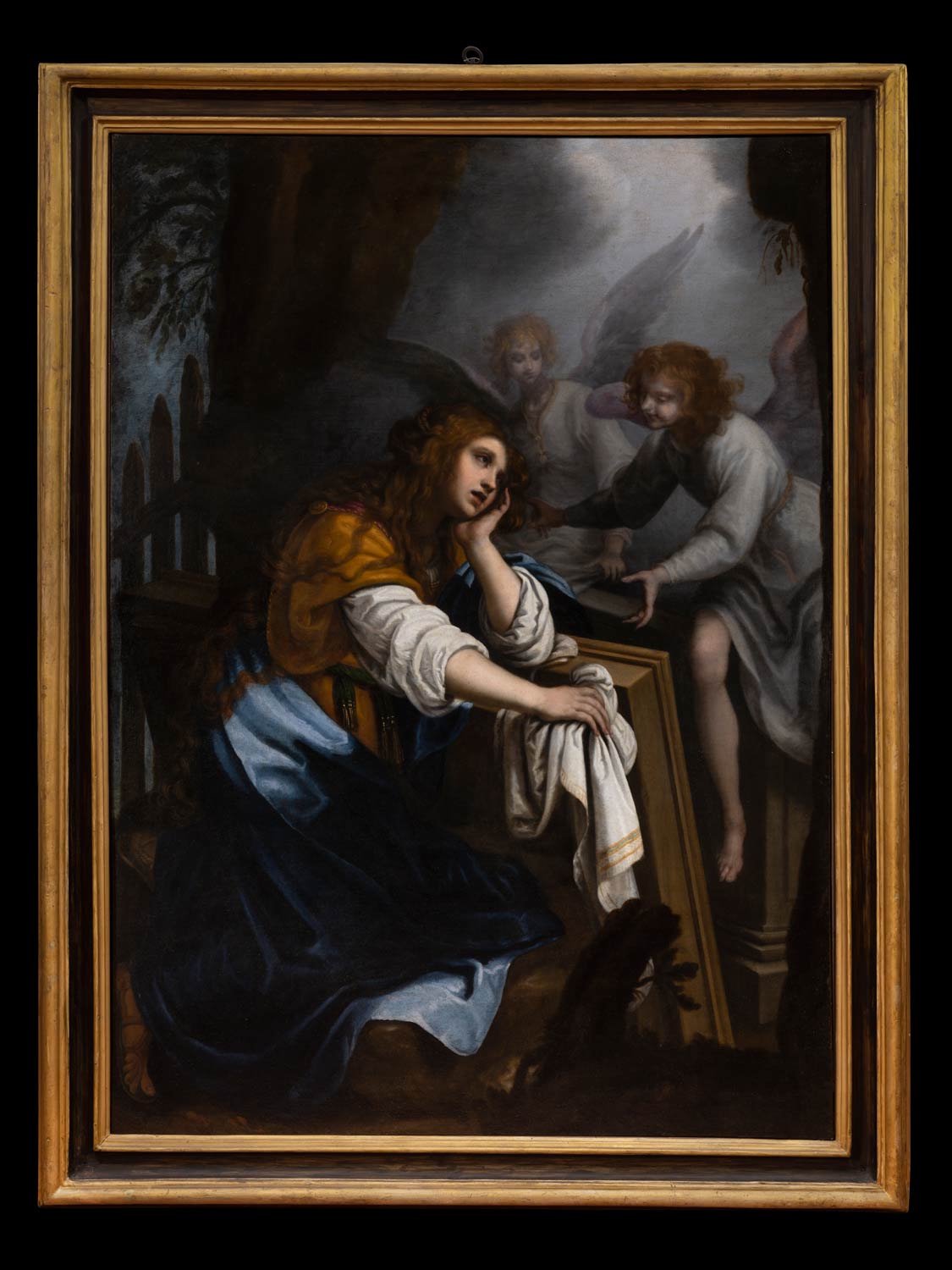
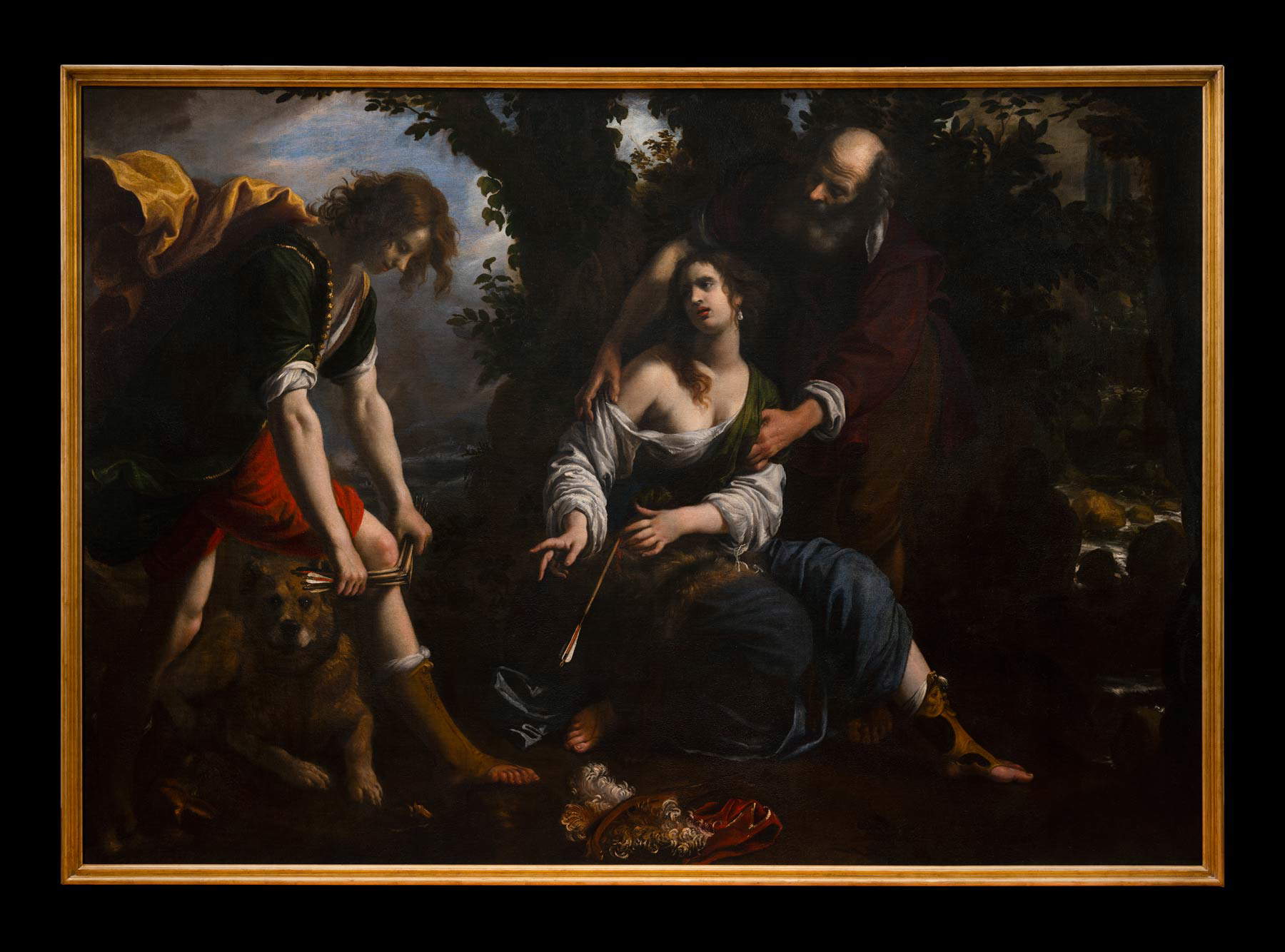
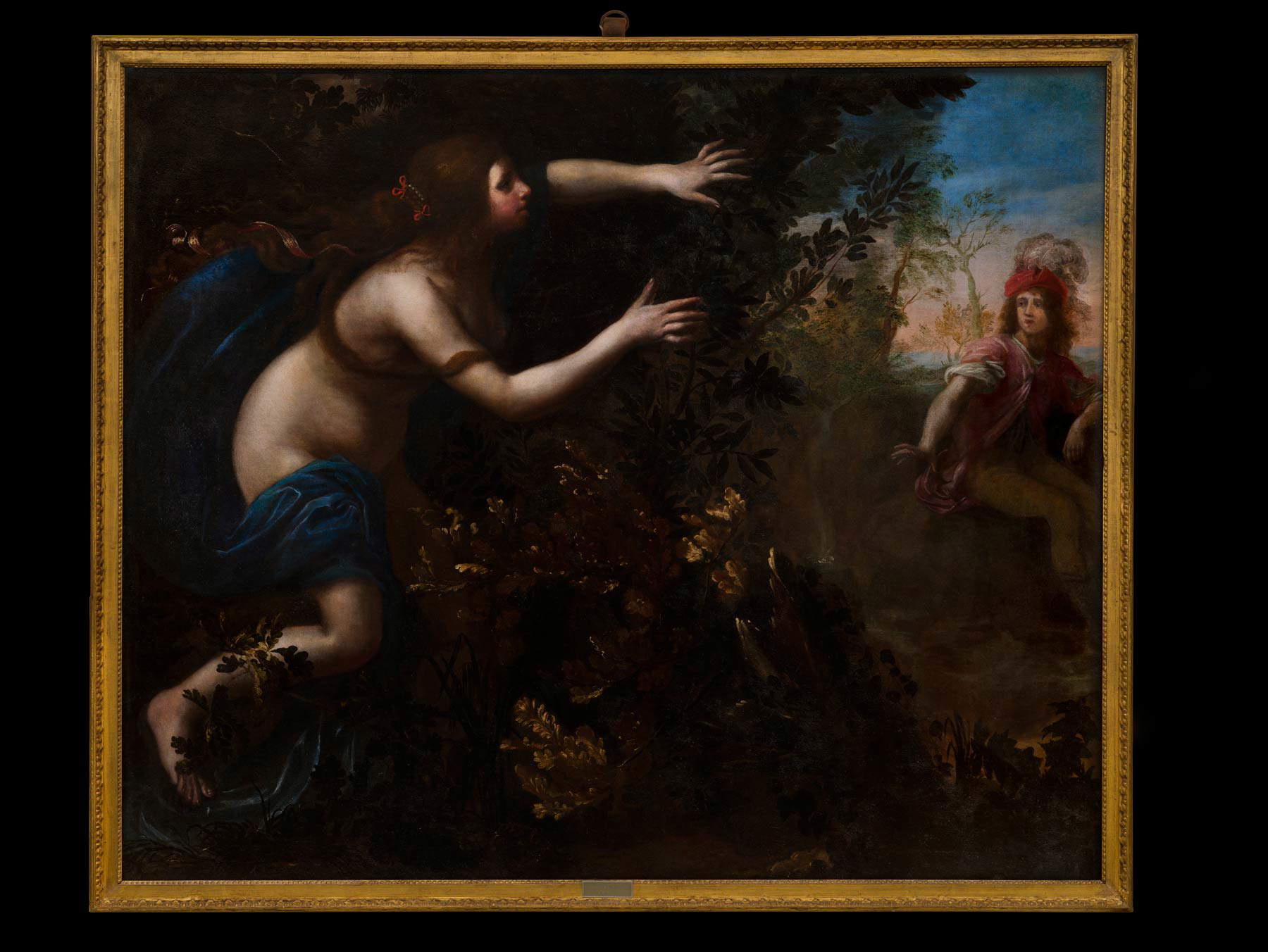
 |
| Pistoia, on display ten restored 17th century Florentine paintings from the Bigongiari Collection |
Warning: the translation into English of the original Italian article was created using automatic tools. We undertake to review all articles, but we do not guarantee the total absence of inaccuracies in the translation due to the program. You can find the original by clicking on the ITA button. If you find any mistake,please contact us.





























